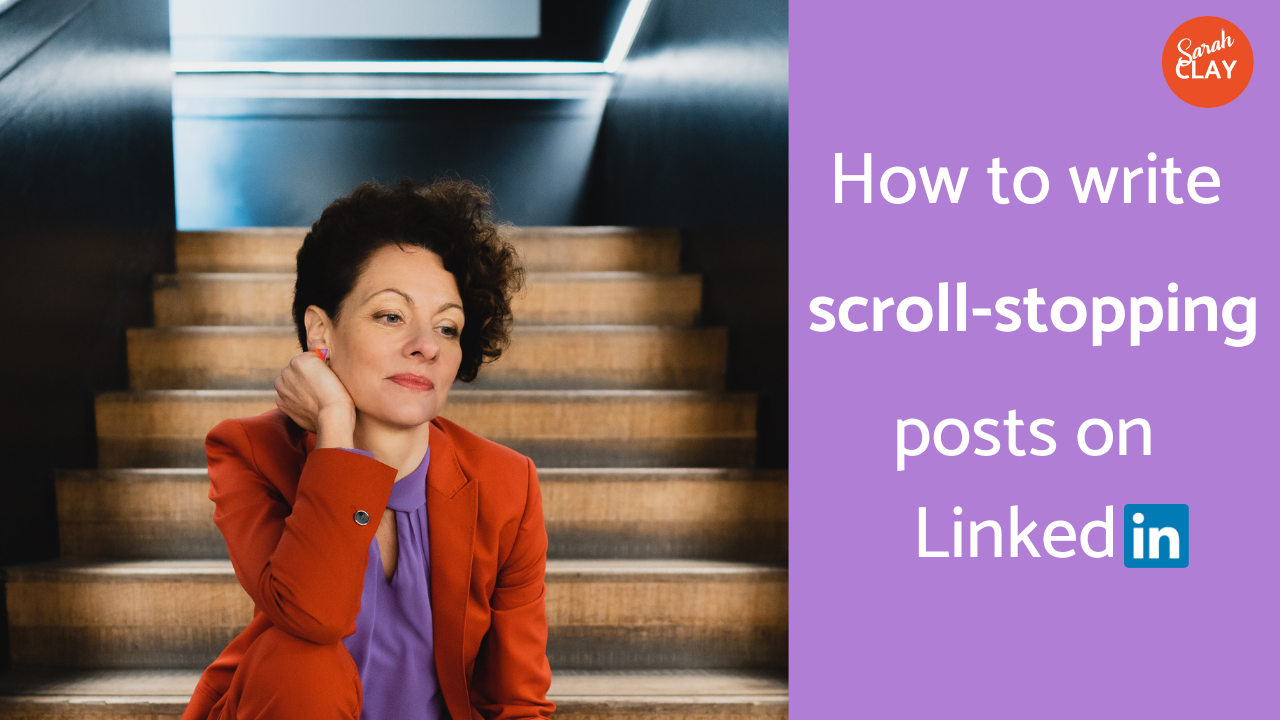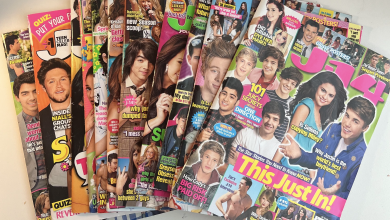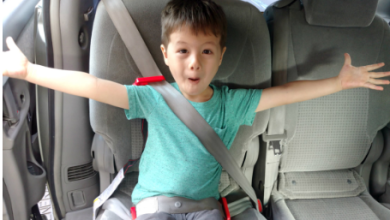
The Secret to Writing Scroll-Stopping LinkedIn Ad Copy
LinkedIn is filled with professionals scrolling through endless content—job updates, industry news, and company announcements. If your ad doesn’t grab attention in those first few seconds, it gets lost in the feed. Writing compelling ad copy is what separates successful LinkedIn campaigns from those that fail to generate engagement.
Why Strong LinkedIn Ad Copy Matters
Unlike other social platforms, LinkedIn isn’t about viral trends or casual browsing. Users are looking for solutions, insights, and networking opportunities. That means your ad copy needs to be direct, valuable, and persuasive without sounding overly promotional.
For businesses following best practices for LinkedIn ads, strong ad copy plays a critical role in driving engagement. Whether you’re generating leads, promoting content, or increasing brand awareness, the right words can make all the difference between an ad that converts and one that gets ignored.
Key Elements of High-Converting LinkedIn Ad Copy
A great LinkedIn ad doesn’t happen by accident. The best ads follow a structured approach that speaks directly to the audience’s needs.
1. A Hook That Stops the Scroll
Your first sentence is your chance to grab attention. Instead of starting with a generic statement, use:
- A bold question: “Struggling to generate quality B2B leads?”
- A data-driven insight: “80% of LinkedIn users are decision-makers. Are you reaching them?”
- A compelling benefit: “Cut your marketing costs by 50% with this strategy.”
A strong hook makes users pause and want to read more.
2. Clear and Concise Messaging
LinkedIn users don’t have time for fluff. Get to the point quickly by:
- Keeping sentences short and impactful.
- Avoiding unnecessary jargon.
- Using bullet points or line breaks to make text easy to scan.
Bad example:
“Our cutting-edge AI-powered SaaS platform revolutionizes the way businesses optimize workflow efficiency.”
Better example:
“Boost productivity by 40% with AI-powered automation. See how.”
3. A Benefit-Driven Approach
Users don’t care about your product’s features—they care about how it helps them. Instead of listing technical details, highlight benefits:
- Feature: “Our software includes real-time analytics.”
- Benefit: “Get instant insights to make faster, data-driven decisions.”
The best-performing LinkedIn ads focus on solving pain points rather than just describing products.
4. A Strong and Specific Call to Action (CTA)
Vague CTAs like “Learn More” don’t inspire action. Instead, make your CTA specific and aligned with your ad’s goal:
- “Download the free guide” (for content promotion)
- “Book a 15-minute demo” (for lead generation)
- “Claim your exclusive offer” (for product promotions)
The more precise your CTA, the higher your chances of conversions.
Common Mistakes That Kill LinkedIn Ad Engagement
Even well-intended ads can fail due to simple mistakes. Here are a few pitfalls to avoid:
1. Being Too Generic
If your ad sounds like every other ad, it won’t stand out. Instead of “Improve your marketing with our tool,” try something more unique: “Marketers using [Your Tool] generate 3x more leads. See how.”
2. Focusing Too Much on Your Brand
People don’t engage with ads that only talk about the company. Instead of “We are the leading provider of…,” focus on the customer’s needs: “Struggling with [problem]? Here’s how to fix it.”
3. Ignoring Emotional Triggers
Even B2B buyers make decisions based on emotions. Use storytelling, urgency, or curiosity to spark interest.
- Curiosity: “Most businesses waste 30% of their ad budget—are you making this mistake?”
- Urgency: “Only 5 spots left for our exclusive webinar—sign up now.”
- Storytelling: “Meet Sarah. She was frustrated with slow sales—until she tried this strategy.”
Testing and Optimizing Your LinkedIn Ad Copy
Even great ad copy can be improved. A/B testing different variations helps you refine messaging and boost performance.
1. Test Different Hooks
Try running two versions of the same ad with different opening lines. See which gets more engagement and use that as your control version.
2. Experiment with Different CTAs
Sometimes, a small tweak can make a big difference. Test “Get Your Free Report” vs. “See the Full Case Study” and measure results.
3. Analyze Performance Metrics
Monitor CTR (Click-Through Rate), engagement, and conversions. If an ad isn’t performing, adjust the messaging rather than immediately increasing the budget.
Crafting LinkedIn Ads That Drive Results
Writing effective LinkedIn ad copy isn’t about being overly clever—it’s about being clear, relevant, and engaging. By following best practices for LinkedIn ads, businesses can create compelling messages that attract the right audience and drive meaningful actions.
The next time you write a LinkedIn ad, ask yourself: Does it grab attention? Does it clearly communicate value? Does it tell the user what to do next? If the answer is yes, you’re on your way to higher engagement and better results.



